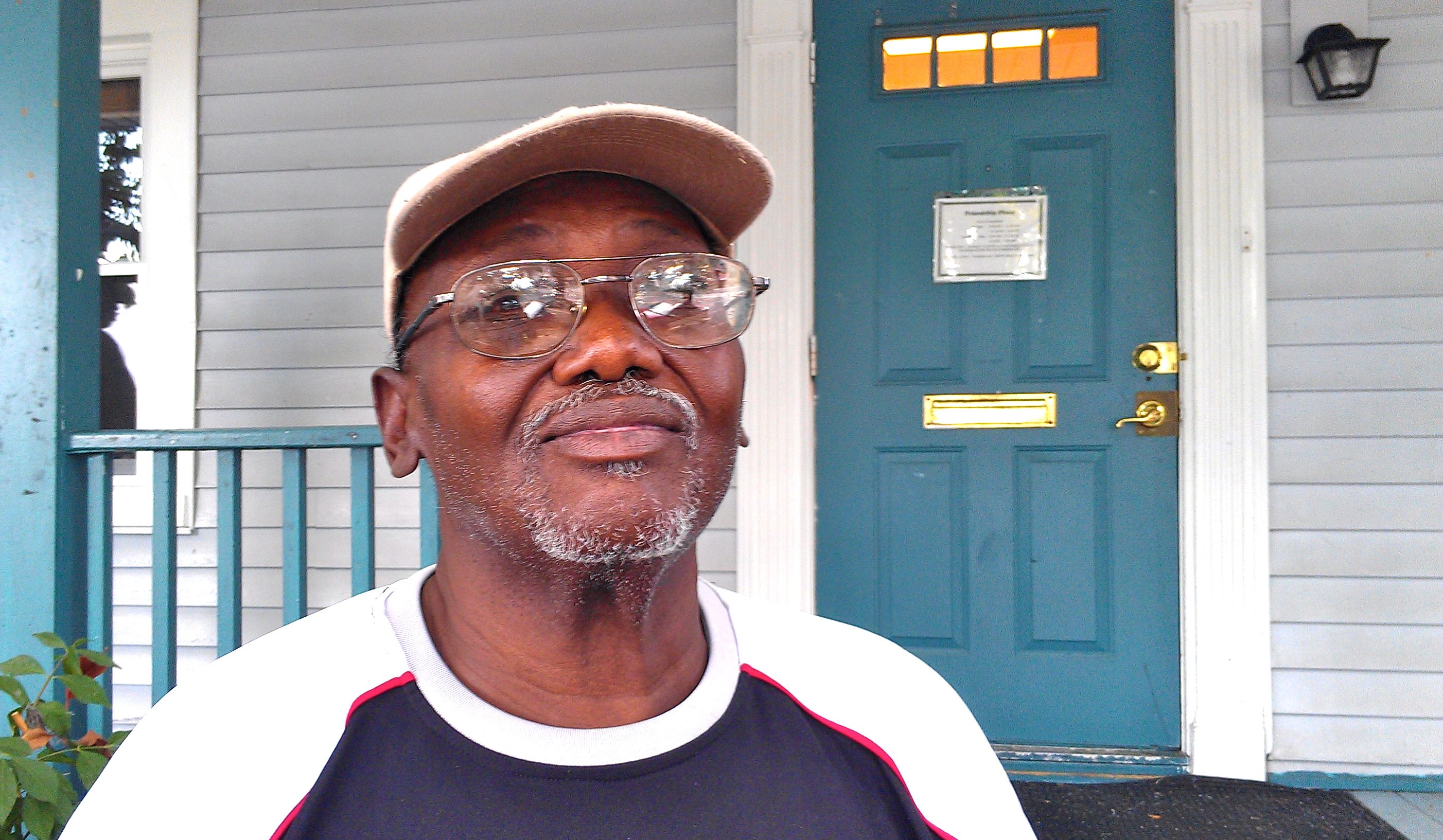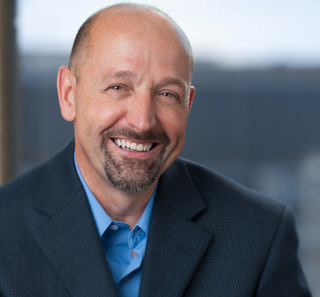President's Blog
The Graying of Homelessness

“I always had a job, since I was 13,” says DC resident John Hines. But decades of hard work didn’t immunize John against homelessness. Plagued with health problems, he lost his housing to mounting medical bills and found himself, at 61, living in his car.
Mr. Hines isn’t unique.
Homelessness among aging Americans is on the rise. The median age of the homeless population went from 30 to 50 between 1990 and 2010. Some studies estimate that homelessness among seniors 65 and older will increase by 33 percent by 2020.
What are the primary pathways into homelessness for older Americans?
One is aging: folks with long-term patterns of homelessness are simply aging into this cohort.
But many others are homeless for the first time, falling on hard times financially or being priced out of the housing market in their retirement years, sometimes pushed over the brink by work issues, mental or physical health challenges, or relationship breakdowns.
Many, like John, have long histories of stable housing, so they’re likely to be less resilient on the streets and less knowledgeable about homelessness resources in their communities. They may shy away from traditional service settings like large shelters, out of concern for their personal safety. And even police, perhaps out of deference, tend to overlook seniors living on the street.
With the graying of the homeless population has come an array of geriatric issues exacerbated by stress and poor living conditions. These folks often arrive at hospital emergency rooms by ambulance, with medical crises that could have been prevented had they had access to consistent primary health care. This inefficient means of providing care is costly to our entire health care system and, ultimately, to every one of us.
Mr. Hines is now off the streets. Through an innovative new rapid-solutions Friendship Place program called Direct Housing, he now has a place to live that he can afford on his disability benefits.
But others have not been so fortunate. Have you wondered what happens to the homeless 80-year-old you see at the public library or recreation center when the doors close at night?
It’s imperative that those of us working in the field develop effective, person-centered programs to serve our older citizens. For all of us, regardless of age, race or socioeconomic status, prevention and comprehensive planning for these vulnerable Americans make sense from both a humanistic perspective and an economic one.

By: Jean-Michel Giraud
Executive Director
Friendship Place
This blog was originally posted on The Huffington Post






